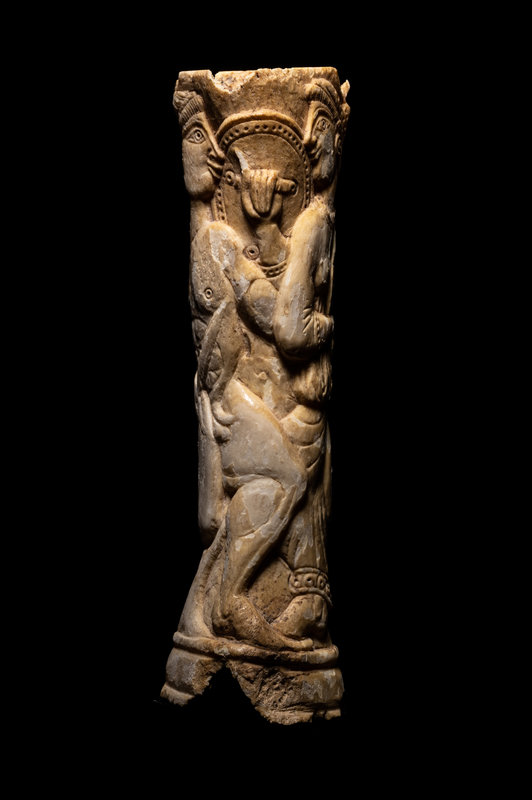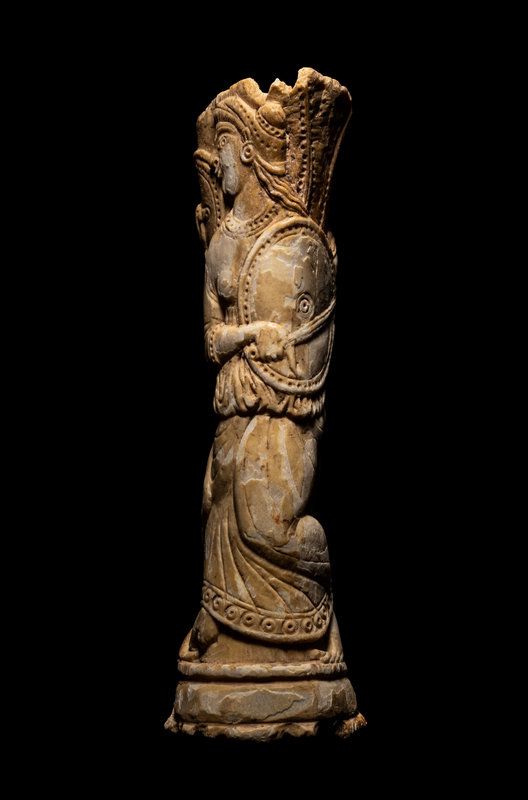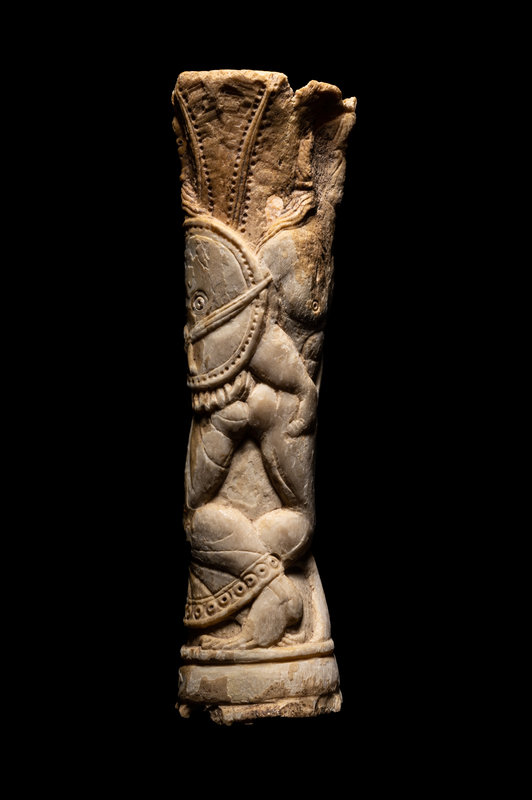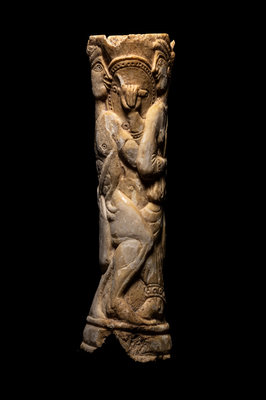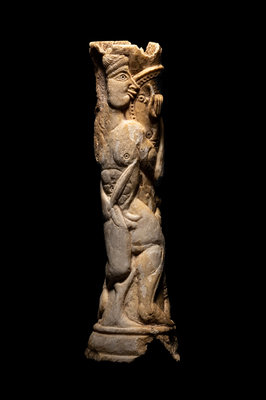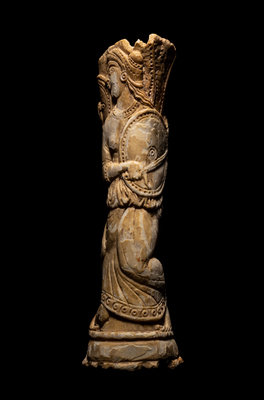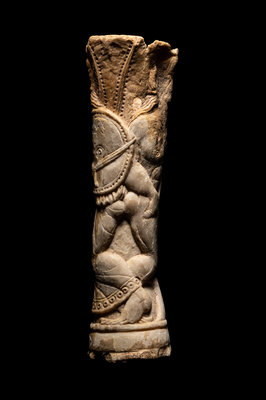Condition Report
Contact Information
Auction Specialist
Lot 159
An Etruscan Bone Mirror Handle
Sale 1035 - Antiquities and Ancient Art: A Study
May 26, 2022
10:00AM CT
Live / Chicago
Own a similar item?
Estimate
$6,000 -
8,000
Price Realized
$28,125
Sold prices are inclusive of Buyer’s Premium
Lot Description
An Etruscan Bone Mirror Handle
Circa 6th Century B.C.
Height 8 3/32 inches (20.6 cm).
O'Gara and Wilson, Ltd., Antiquarian Booksellers, Chesterton, Indiana
